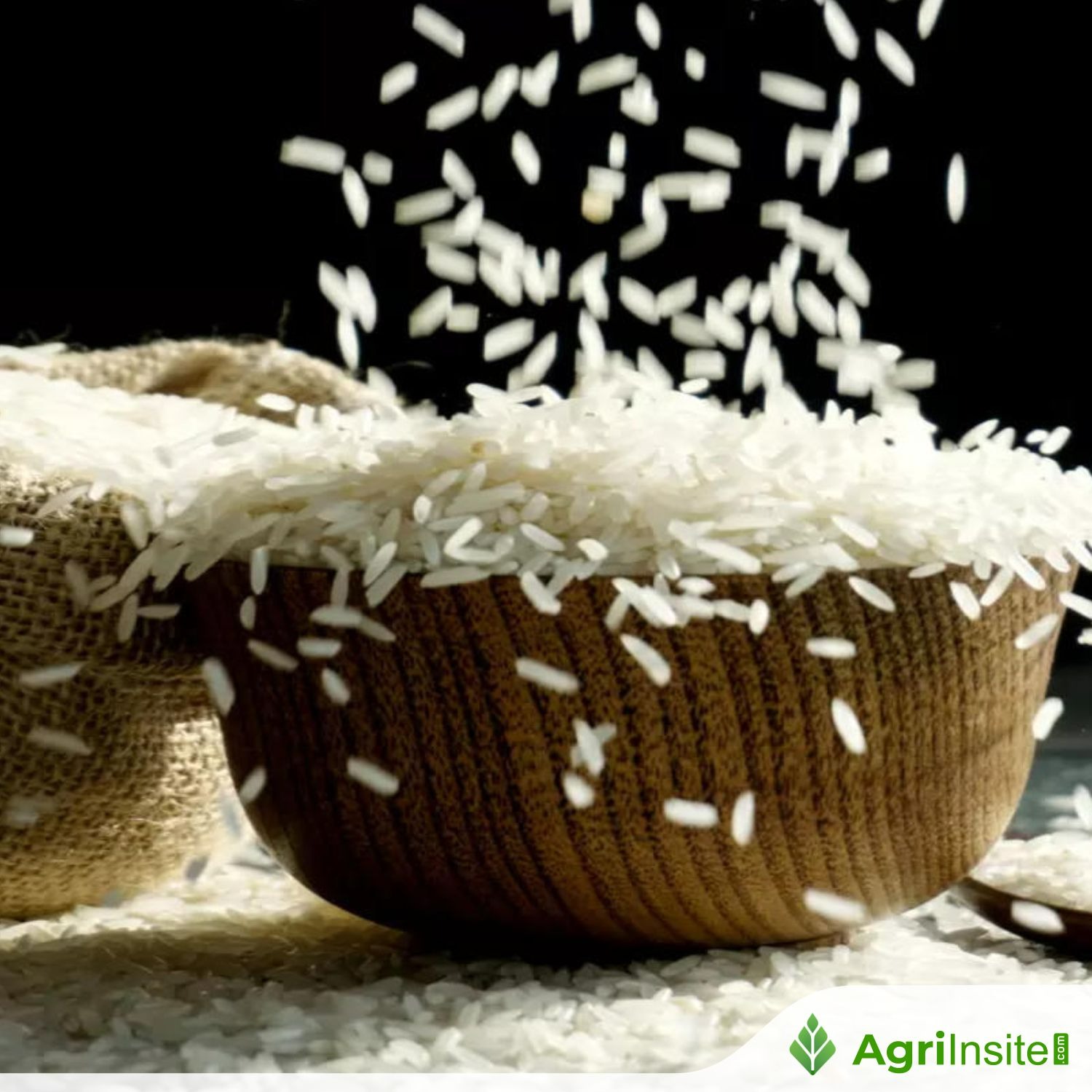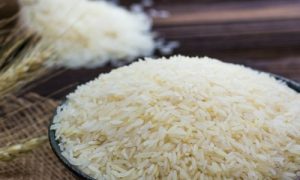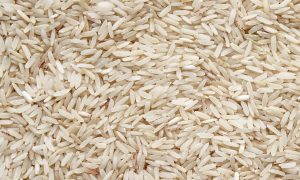U.S. Rice Outlook Dips While Global Supplies Expand

U.S. rice production is projected to decline to 214.4 million cwt in 2025/26 due to heavy Delta rains, while California sees a rebound. Imports hit a record 50.7 million cwt. Domestic use dips, but exports rise. U.S. prices increase to \$13.50/cwt. Globally, India drives growth with a 3-million-ton output boost, pushing world stocks and trade higher.
Kedia Advisory – The 2025/26 U.S. rice outlook points to lower supplies, reduced domestic use, and higher exports, resulting in a slight drop in ending stocks. Long-grain production is set to decline due to excessive rainfall in the Delta region, while California’s medium- and short-grain output rises. Imports hit a record 50.7 million cwt. U.S. farm prices are projected to rise to $13.50/cwt. Globally, rice production, trade, and consumption are on the rise, mainly led by India, which benefits from early monsoons and higher government support. World ending stocks increase by 2.8 million tons, with notable gains in India, Pakistan, and Bangladesh.
Key Highlights
# U.S. rice production cut to 214.4 million cwt.
# Long-grain area shrinks; California’s acreage rises.
# Imports reach record 50.7 million cwt.
# Global output driven by India’s 3-million-ton increase.
# U.S. farm price rises to $13.50 per cwt.
The U.S. rice market is witnessing a mixed scenario as the 2025/26 outlook projects weaker production and tighter ending stocks, despite a slight uptick in exports. Prices are expected to strengthen, with the season-average farm price raised by $0.30 to $13.50 per cwt. This upward price momentum is supported by a production cut of 4.9 million cwt, lowering total output to 214.4 million cwt, largely due to excessive spring precipitation that impacted long-grain rice area in the Delta region.
California, on the other hand, is seeing a rebound in rice planting, especially medium- and short-grain, thanks to ample irrigation supplies and fewer crop alternatives. Imports are also revised upward to a record 50.7 million cwt, reflecting higher inflows of both long- and medium/short-grain rice.
On the usage front, domestic and residual use is reduced by 3.0 million cwt to 169.0 million due to lower long-grain availability. However, exports are increased by 1.0 million cwt, particularly for medium- and short-grain, supported by California’s better crop conditions.
Globally, the rice outlook is more optimistic. India leads the surge, with production forecasts rising by 3.0 million tons to 151.0 million, buoyed by early monsoon rains and increased minimum support prices. As a result, world supplies and consumption are both set to hit records, at 728.9 million tons and 541.1 million tons, respectively. Global trade is also projected to rise to 61.7 million tons, with India being the key driver.
Finally
While U.S. rice faces localized production challenges, global supply strength—led by India—signals stable to firm prices amid rising trade and consumption trends.
To Read more about Rice News continue reading Agriinsite.com
Source : Investing.com
















